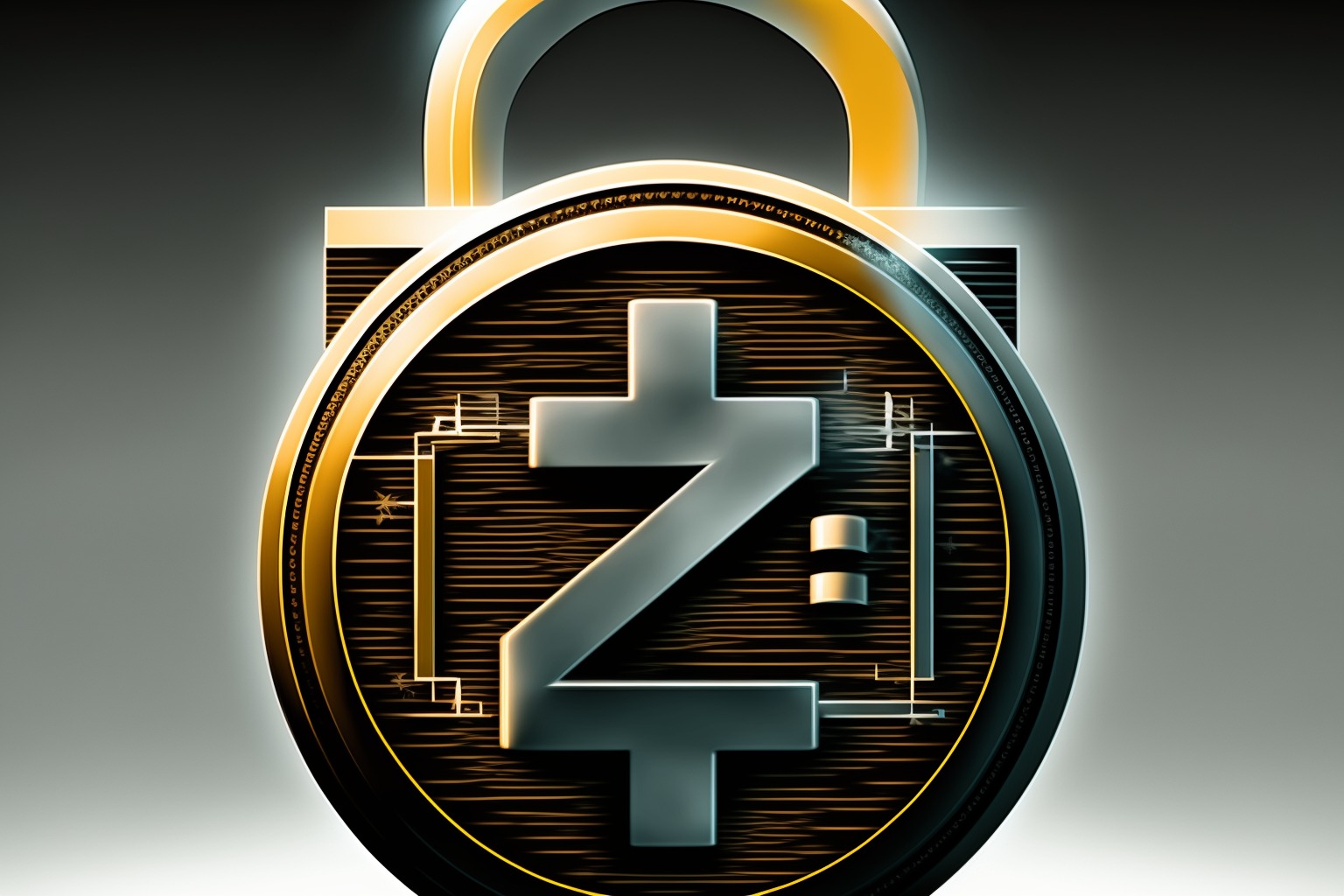There are many different types of crypto assets available. Crypto assets have gained significant adoption in recent years and are being explored by governments and financial institutions for various purposes. Since the creation of Bitcoin, the world’s first crypto asset, the crypto industry has shown tremendous growth. There are now various different types of crypto assets used throughout the world.
In this article, we take a deep dive into the different types of crypto assets, their features, and how they function. Whether you’re a seasoned investor or new to the crypto space, this guide will provide you with a comprehensive understanding of the different types of crypto assets available.
What Are Crypto Assets?
Crypto assets refer to the various forms of digital assets, also known as cryptocurrencies. Crypto assets are based on blockchain and distributed ledger technology to secure and verify transactions.
The first and most popular crypto asset is Bitcoin. Bitcoin was created in 2009 by an individual using the pseudonym Satoshi Nakamoto. Since the inception of Bitcoin, there are now many other types of crypto assets, each with their own unique features and uses.
One of the key benefits of crypto assets is the ability to make fast, secure, low-cost and borderless transactions. Crypto transactions can be made directly between individuals without the need for intermediaries. This greatly reduces the cost and time required to process transactions.
Types Of Crypto Assets
Below we explore the various different types of crypto assets available:
Payment Crypto Assets
Payment crypto assets are specifically designed to be used for payments. Payment crypto assets utilize blockchain technology to securely transfer funds between both individuals and businesses. While most cryptocurrencies can be used for payments, payment crypto assets are designed with the sole purpose of paying for things like goods and services. Payment crypto assets are created with the goal of replacing traditional fiat currencies and facilitating electronic transactions.
Some notable features of payment crypto assets include:
- Decentralization: Payment crypto assets are decentralized. This means they are not controlled by any central authority or government.
- Transparency: Each transaction is recorded on a public ledger. This makes it possible to trace the history of each payment.
- Anonymity: Users can make payments without revealing their personal identity.
Popular examples of payment crypto assets include Bitcoin (BTC) and Litecoin (LTC).
Privacy Coins
A privacy coin is a type of anonymous cryptocurrency or crypto asset. Privacy coins are designed to provide an enhanced level of privacy for users.
Privacy coins hide any information that can link an individual’s identity to a transaction. Privacy coins restrict the information involved in a transaction to protect the identity of both the transacting and receiving party. This is done by restricting things like wallet addresses and transaction amounts from any public view.
When utilizing a privacy coin, both the sender and receiver will know the amount. This information, however, is never made public. This allows users to maintain their anonymity.
Privacy coins use various techniques to conceal the identities of the sender and receiver, and to obscure the details of the transaction. Some of these techniques include:
- Stealth addresses.
- Ring signatures.
- Zero-knowledge proofs.
Popular examples of privacy coins include Monero and Zcash. Privacy coins use different methods to enhance the level of privacy, for example Monero uses ringCT, a combination of ring signatures and stealth addresses.
Many critics argue that the privacy features of privacy coins are more likely to attract individuals who want to use them for illegal activities.
Utility Tokens
A utility token is a type of crypto asset designed for serving a particular use case within a specific ecosystem. Utility tokens give users the ability to take certain actions or to purchase goods and services on a specific blockchain network or decentralized application (dApp).
One of the most popular utility tokens is Ether (ETH), the native cryptocurrency of the Ethereum Network. Ether is used to pay for transaction fees on the Ethereum network. You need to pay a transaction fee to execute smart contracts on the network.
Another popular example of a utility token is Binance Coin (BNB), the native cryptocurrency of the Binance crypto exchange. Binance Coin is used to pay for trading fees on the Binance at a discounted rate. This incentivizes users to hold, store and use BNB. In turn, this helps to increase its value.
Non-Fungible Tokens (NFTs)
Non-Fungible Tokens, often known as NFTs, are a type of digital asset that can represent both physical and immaterial goods. NFTs are used to represent ownership of a unique item. NFTs have taken the world by storm over recent years and are often used to represent things like works of art, musical compositions, in-game items, and other real-world possessions.
NFTs are stored on a blockchain, which is a distributed digital ledger that is extremely difficult to hack or manipulate in any way. The Ethereum blockchain is currently the most widely used blockchain for NFTs.
NFTs have a wide use case beyond collectible items. NFTs can also be used in the gaming, music and the supply chain industries.
Some of the most popular NFT collections include: Bored Ape Yacht Club, CryptoPunks and CryptoKitties.
Security Tokens
A security token is a type of crypto asset that represents ownership in either a company or an asset. Security tokens are backed by a tangible or intangible asset and have the rights and benefits as traditional securities, such as stocks and bonds.
Security tokens provide a way for companies to raise capital through tokenization. The process of asset tokenization is the process of converting ownership rights of an asset into a digital token that can be publicly traded. This allows companies to raise capital through the sale of security tokens. Security tokens are usually sold at an Initial Coin Offering (ICO) or an Initial Token Offering (ITO). These types of events are used by crypto projects to fund an idea or business model.
Security tokens are considered financial securities and are subject to federal securities laws and regulations.
Some of the most popular examples of security tokens include: Siafunds, Bcap (Blockchain Capital), and Science Blockchain.
Stablecoins
As the name suggests, stablecoins are a type of crypto asset designed for price stability. Stablecoins are linked to fiat currencies, commodities or other assets. The stable nature of stablecoins makes them an attractive option for both individuals and businesses that want to use cryptocurrency for transactions, but don’t want to be exposed to the volatility associated with cryptocurrencies.
Many crypto traders or investors use stablecoins to escape periods of high market volatility. If the crypto market is experiencing a period of high market volatility, a crypto investor may choose to sell their holdings and convert them to a stablecoin to preserve their wealth.
Some of the most popular stablecoins include: Tether (USDT), which is backed 1:1 by the US Dollar, Tether Gold (XAUT) which is backed by gold and Ampleforth (AMPL) an algorithmic-backed stable coin.
Decentralized Finance (DeFi) Tokens
Decentralized Finance (DeFi) tokens are the native token of a DeFi platform. DeFi tokens are used to interact with DeFi platforms. DeFi tokens and platforms enable people to exchange, buy, sell, lend, borrow and invest in digital assets. The majority of DeFi tokens are based on the Ethereum blockchain.
One of the most popular DeFi tokens is Uniswap (UNI). Uniswap is a Decentralized Exchange (DEX) that allows users to trade digital assets without the need for a centralized authority. UNI tokens are used as transaction fees and to participate in the platform’s governance.
Central Bank Digital Currencies (CBDCs)
Central Bank Digital Currencies (CBDCs) are centralized digital versions of fiat currencies. These tokens have the same legal status as fiat currency as they are issued by the country. CBDCs are considered to be centralized because they are issued and controlled by a country’s central bank.
CBDCs are designed to provide the same functions as traditional fiat currencies, but in a digital form. CBDCs are intended to be used by consumers and businesses for everyday transactions. Many experts believe that eventually physical fiat currency as we know it will cease to exist. Instead, people will use CBDCs and other crypto assets for everyday transactions.
CBDCs are different from other digital currencies, such as Bitcoin and Ethereum, in that they are issued and backed by central banks. This means that CBDCs are considered legal tender and are subject to the same regulations as traditional fiat currencies.
Where To Buy Crypto Assets
There are various options available for buying crypto, including cryptocurrency exchanges, Initial Coin Offerings (ICOs), and cryptocurrency ATMs. Each option has its own potential risks so it’s important to do your own research and understand these risks before investing.
The most popular place to purchase cryptocurrencies is on a crypto asset trading platform called a crypto exchange. A crypto exchange is a dedicated marketplace where you can buy, sell or trade cryptocurrencies, like Bitcoin, Ethereum and more. There are two main types of crypto exchanges: Centralized exchanges (CEXs) and decentralized exchanges. (DEXs)
Centralized Exchanges (CEXs)
Centralized exchanges, also known as CEXs, are managed and controlled by a single organization or entity. Centralized exchanges make it easy for users to convert their fiat currencies into cryptocurrencies and simplify the process of trading cryptocurrencies, so that anyone can begin doing so with little effort. Centralized exchanges are frequently regarded as the most common place for buying and selling cryptocurrencies.
Decentralized Exchanges (DEXs)
Decentralized exchanges (DEXs), are crypto exchanges that are not controlled by a single authority. The usage of DEXs requires some technical expertise and is not recommended for beginner traders. Decentralized exchanges usually have lower trading fees than centralized exchanges. This is because there is no need to pay the middleman.
The user experience on decentralized exchanges is typically inferior to that of centralized exchanges (CEXs). Because they do not provide customer service, DEXs are generally more useful for seasoned traders.
If you’re looking to buy cryptocurrencies for the first time, you may want to read our article outlining the top 5 most secure crypto exchanges. Read here for more.
Where To Store Crypto Assets
Just like buying cryptocurrency from a trusted place is important, it’s important to store your cryptocurrency in a secure wallet. If you own any crypto assets, you need to keep them safe in a crypto wallet.
One of the best places to store your cryptocurrency is in a hardware wallet. A hardware wallet is a physical device used to store cryptocurrency offline. Since hardware wallets are not connected to the internet, they are less vulnerable to threats like hacking.
A hardware wallet works by generating and storing your private key. Your private key is used to access and manage the crypto stored on the wallet, and is the only way to authorize transactions.
Some of the most popular hardware wallets on the market include The Ledger Nano X and The Trezor Model T. These wallets support a wide range of cryptos, including Bitcoin, Ethereum, Litecoin, and many other digital assets.
Conclusion
In conclusion, the crypto world is vast and ever-changing. Understanding the different types of crypto assets available is crucial for investors, traders, and anyone else interested in the crypto space. From Payment crypto assets to stablecoins, there are many options to explore.
The crypto space is constantly changing, and it’s important to stay informed about the latest trends. Follow RR² Capital on Twitter to stay up to date with all the latest trends.





